The Poetic Architectural Oeuvre of Kengo Kuma
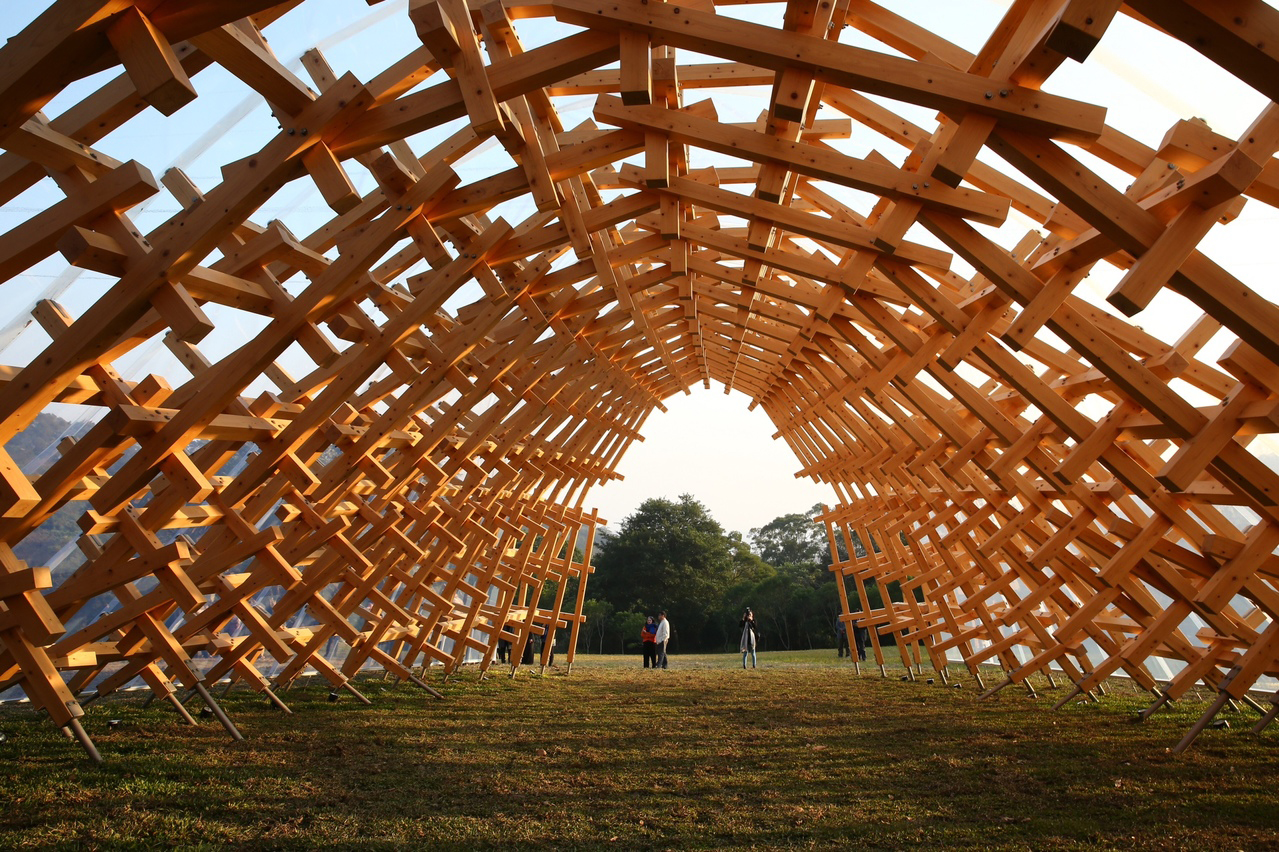
©Forgemind ArchiMedia
Reputed and adored in Japan and beyond, Kengo Kuma is a major figure of contemporary architecture. His numerous constructions inspired by nature include a Parisian hotel which is to open in the 13th arrondissement of the French capital, just next to the Bibliothèque François Mitterand, in 2022. PEN takes a look back at the career of the architecture giant.
Born in Yokohoma in the prefecture of Kanagawa, Kuma began his studies at the University of Tokyo, graduating in 1979. In 1987 he founded his own studio, today named ‘Kengo Kuma & Associates’ based in Tokyo. A few decades later, in 2008, the architect opened a second studio in the heart of Paris.
Still today Kuma continues to shine, creating striking architectural works that subtly blend poetry and Japanese tradition. His desire for harmony between architecture and the environment shows through in his choice of materials. While wood (notably oak, cedar and larch) remains one of the main components of his structures, the architect is also known for having constructed buildings with ‘alternative’ materials such as stone, ceramic, glass, bamboo, plastic and vinyl.
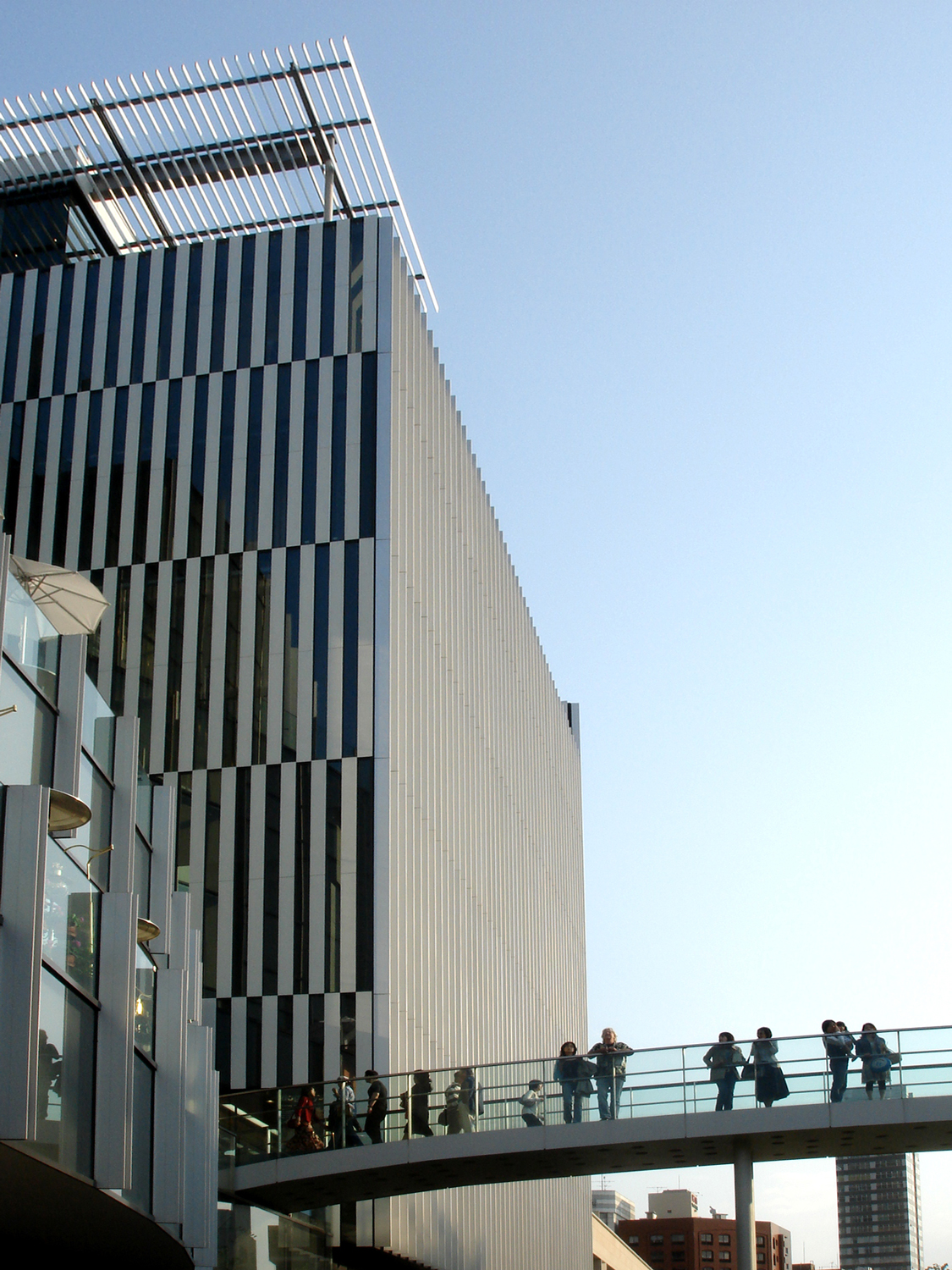
©Naoya Fujii
One of Kuma’s principle objectives is to reintroduce natural, and often local, materials into buildings in order to blend nature with architecture and to oppose the style of architecture which gives precedence to simply dropping boxes. In Japan outside and inside are often thought simultaneously in architecture, which gives way to an ecological approach which is relatively avant-garde, but which makes more and more sense given the realities of climate change today.
Kuma is also famous for the way in which he plays with light, fundamental to his creative process. A fan of conceptual experimentation, Kuma compares construction to origami, it is a unique approach and a relationship to architecture which functions as a totality, especially with regard to nature.

©Forgemind ArchiMedia
His most emblematic constructions include the Asakusa Culture Tourist Information Center and the Suntory Museum of Art (both in Tokyo), the FRAC de Marseille, the Hongkou Soho skyscraper in Shanghai, as well as more recent designs such as the Taoïste Temple in Hsinchu (Taiwan, 2018), the Meditation House (2019) in Krün, Germany, or the new Victoria & Albert Museum in Dundee, Scotland. Most recently Kengo Kuma also worked on the construction of the new grand stadium in Tokyo for the 2021 Olympic Games, as well as the new station at Saint-Denis-Pleyel for the Grand Paris Express, in Saint-Denis, which is planned to be the main train station for the 2024 Olympic Games.
Thanks to his intelligent architectural practice, Kuma has been able to prove that man and nature are able to exist as one. This philosophy is inspired by Japanese traditions and is based on openness and experimentation, much to the delight of architecture lovers the world over. It is also likely the reason for the numerous prizes awarded to Kuma over the years, notably by the Architectural Institute of Japan in 1997, the Spirit of Nature Wood Architecture Award in Finland in 2002, and his selection for the Ordre des Arts et des Lettres by France in 2009.
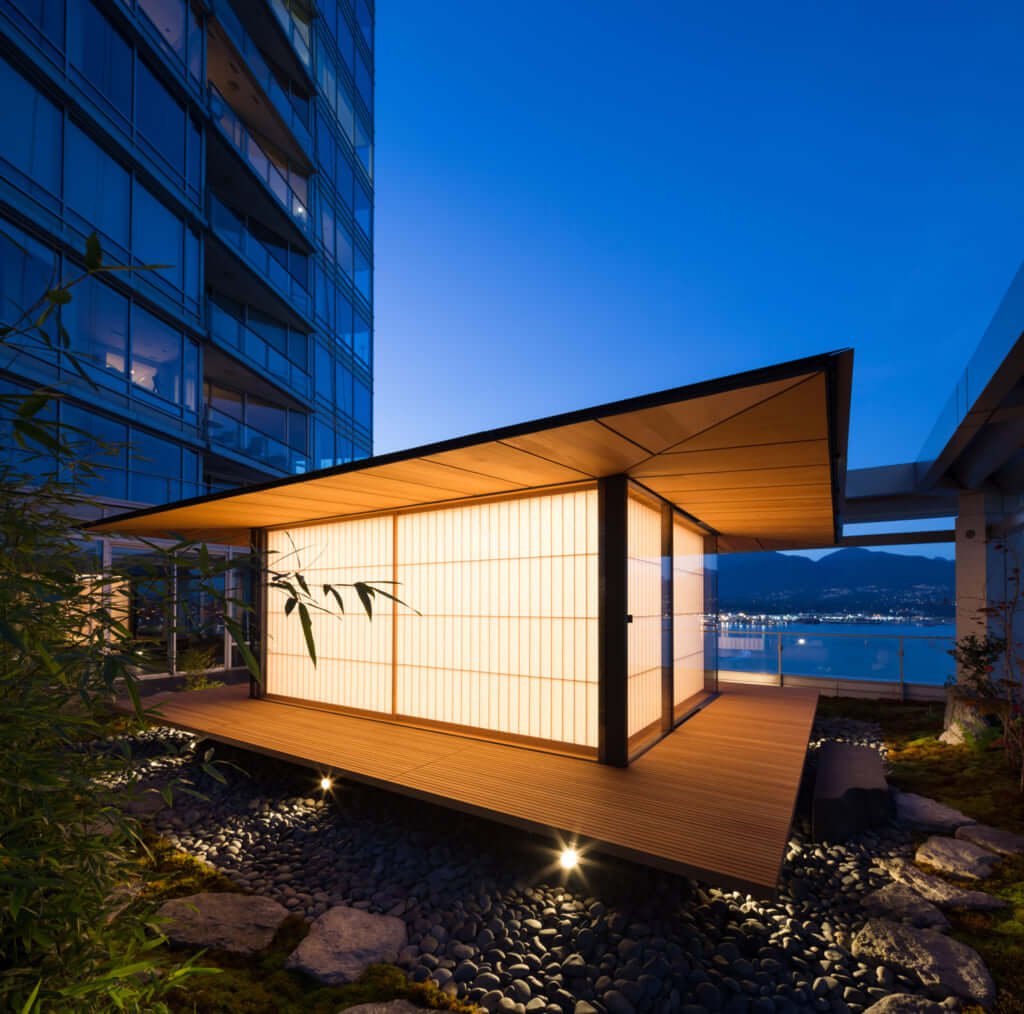
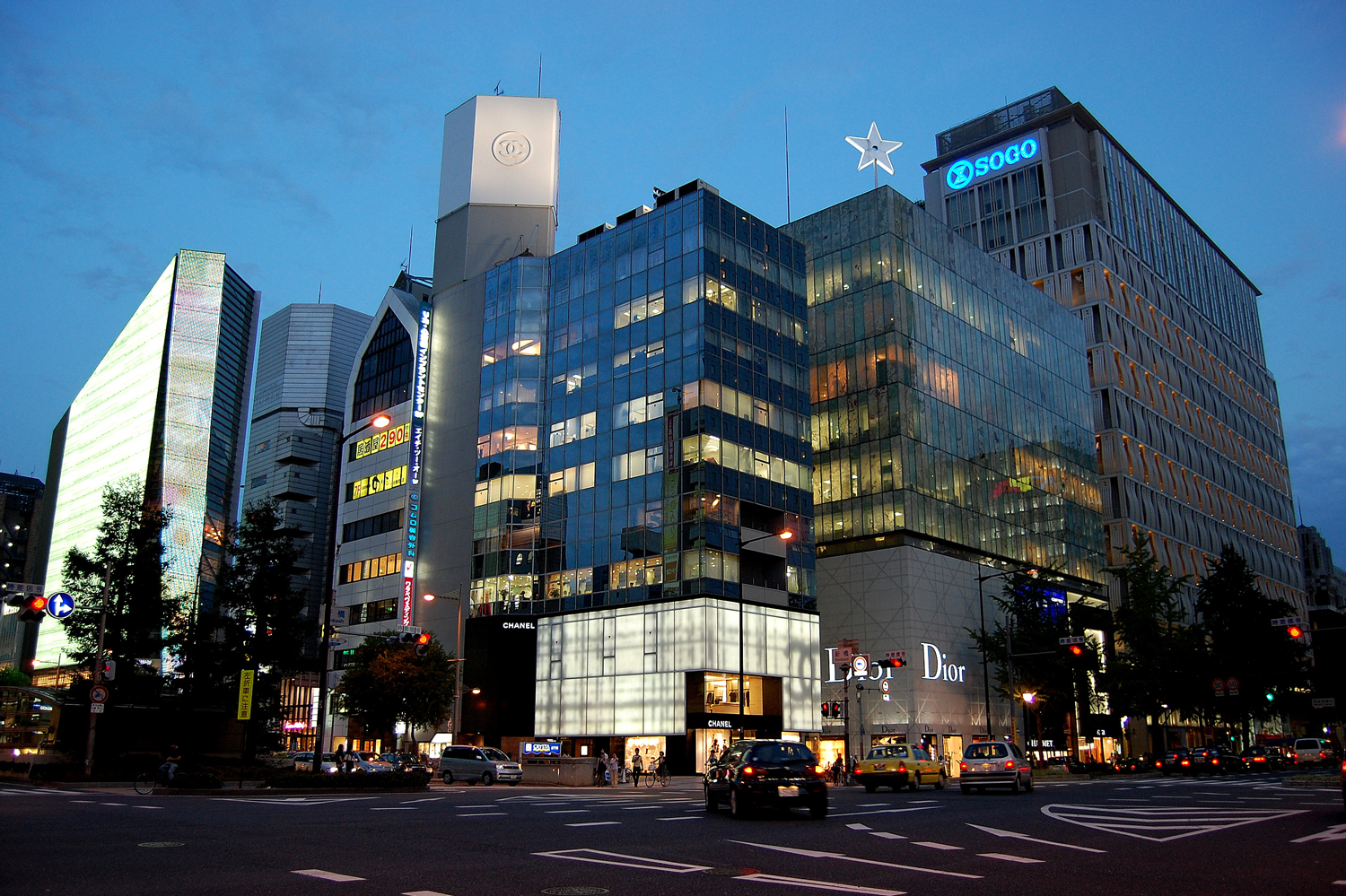
©hiromitsu morimoto
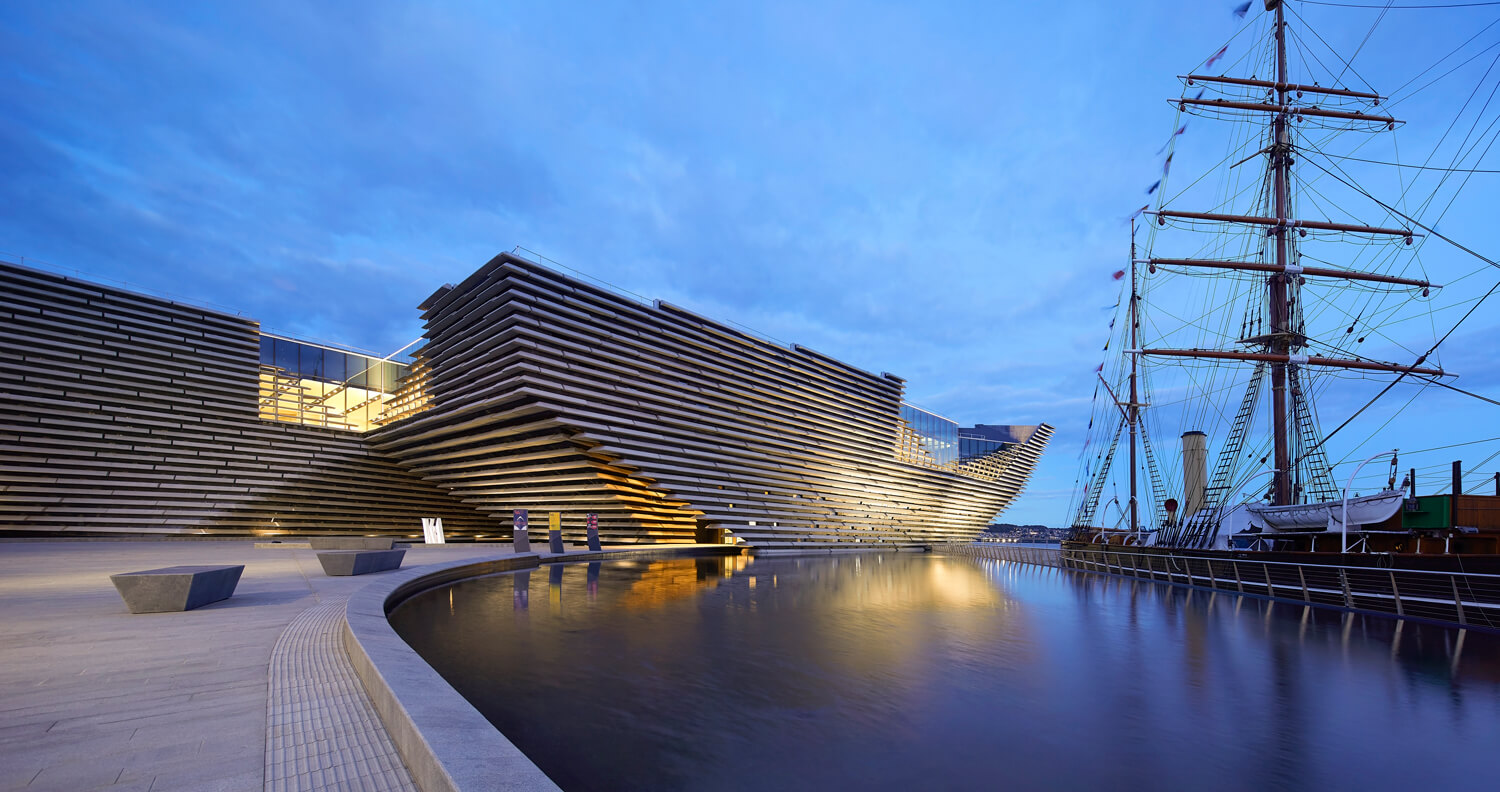
©Hufton+Crow
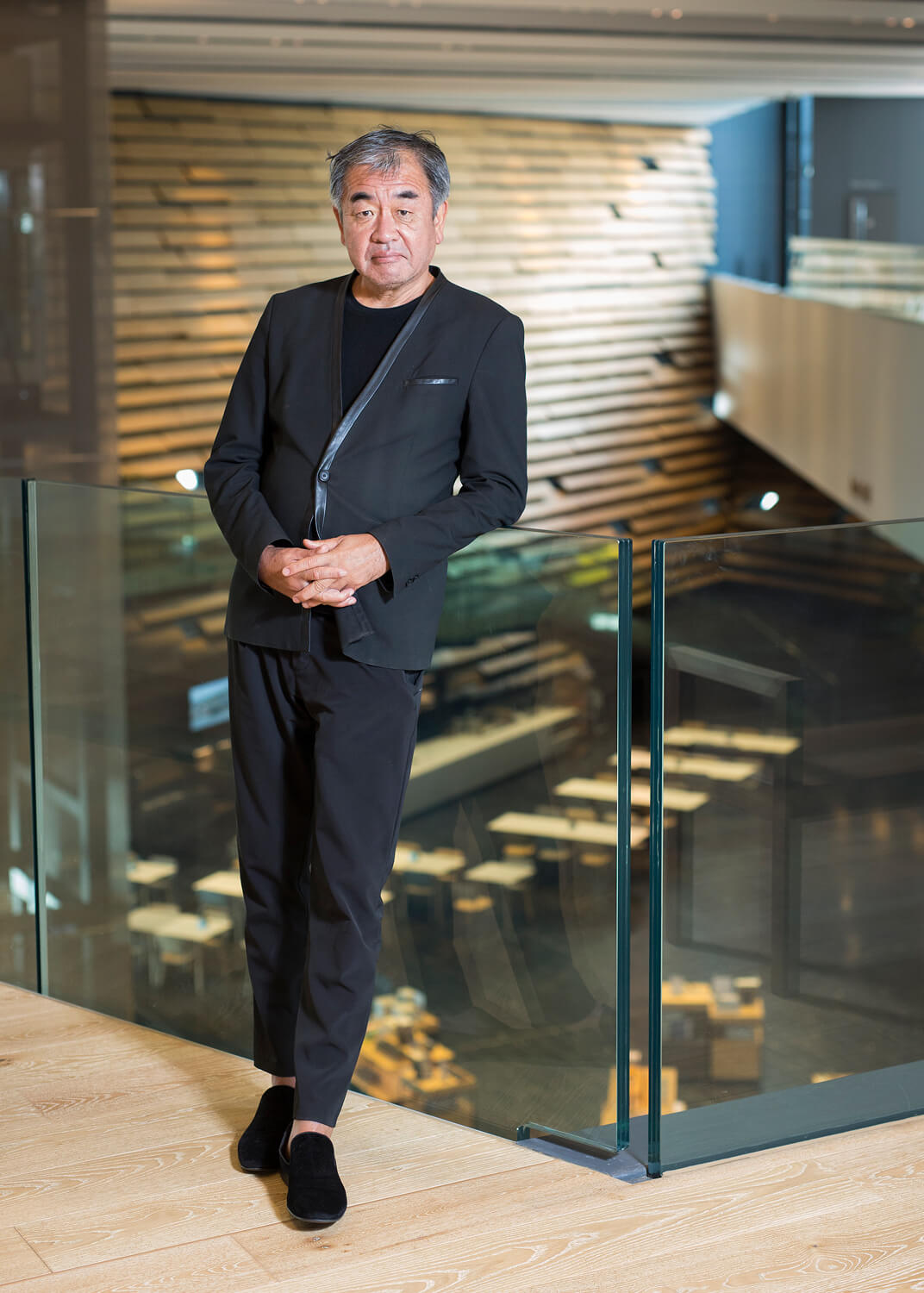
©Michael McGurk
TRENDING
-
Hiroshi Nagai's Sun-Drenched Pop Paintings, an Ode to California
Through his colourful pieces, the painter transports viewers to the west coast of America as it was in the 1950s.

-
The Tattoos that Marked the Criminals of the Edo Period
Traditional tattoos were strong signifiers; murderers had head tattoos, while theft might result in an arm tattoo.

-
A Craft Practice Rooted in Okinawa’s Nature and Everyday Landscapes
Ai and Hiroyuki Tokeshi work with Okinawan wood, an exacting material, drawing on a local tradition of woodworking and lacquerware.

-
David Bowie Dressed by Kansai Yamamoto
The English singer was strongly influenced by 'kabuki' theatre and charged the Japanese designer with creating his costumes in the 1970s.

-
‘Seeing People My Age or Younger Succeed Makes Me Uneasy’
In ‘A Non-Conformist’s Guide to Surviving Society’, author Satoshi Ogawa shares his strategies for navigating everyday life.





